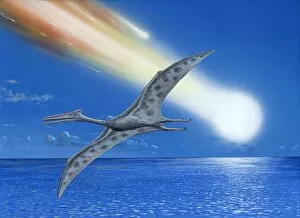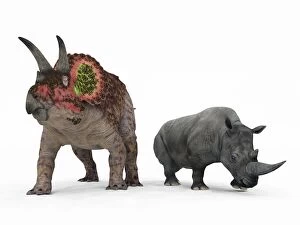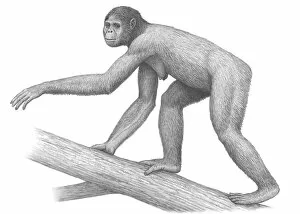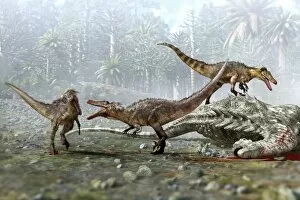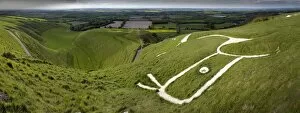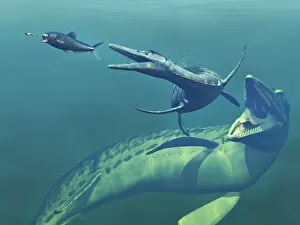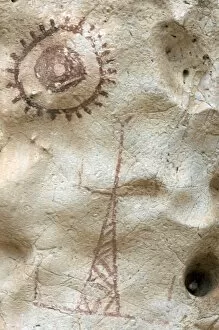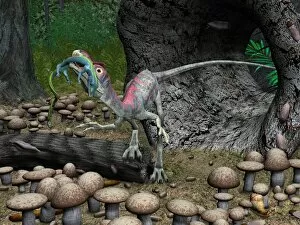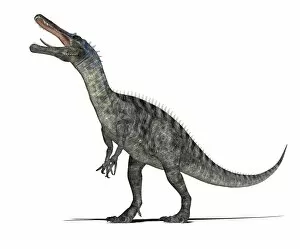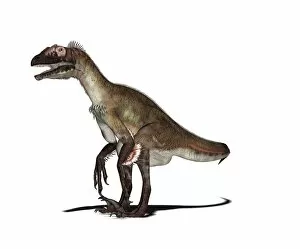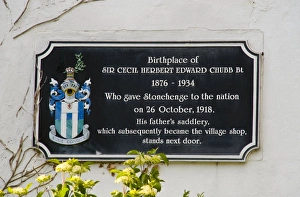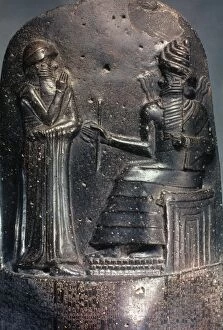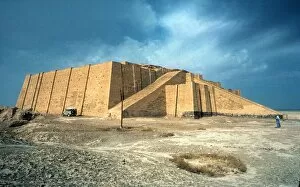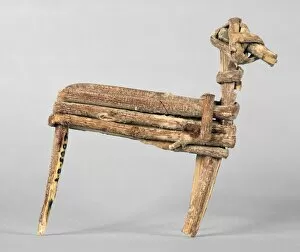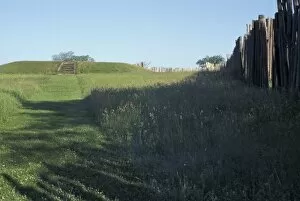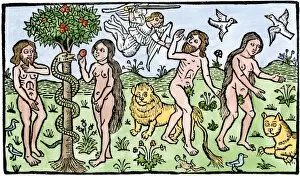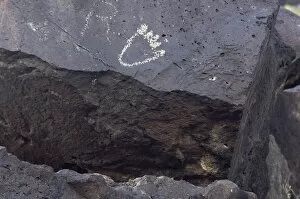Pre Historic Collection (page 16)
Journey back in time and explore the enigmatic world of prehistoric wonders
All Professionally Made to Order for Quick Shipping
Journey back in time and explore the enigmatic world of prehistoric wonders. From the captivating Stone-age cave paintings found in Chauvet, France to the mesmerizing Cave of the hands in Argentina, these ancient artworks offer a glimpse into our ancestors' lives. In Oxfordshire, UK, marvel at the Uffington White Horse, a mysterious hill figure etched onto the landscape thousands of years ago. Venture further to Avebury Stone Circle and witness its majestic standing stones that have stood tall since 900 BCE. As you approach Stonehenge, be prepared to be awestruck by its grandeur and mystery. Whether it's bathed in golden sunlight or silhouetted against a fiery sunset sky, this iconic monument continues to captivate visitors from around the world. Delve deeper into Earth's history as you encounter geological strata dating back centuries and fossils from the Paleozoic era. These remnants tell stories of ancient life forms that once roamed our planet. Transporting ourselves even further back in time, we find ourselves amidst an illustration from Punch magazine dated 1855 depicting dinosaurs at Crystal Palace – a whimsical yet thought-provoking representation of humanity's fascination with prehistoric creatures. Join us on this journey through time as we unravel mysteries left behind by our distant ancestors and uncover clues about our shared past.

